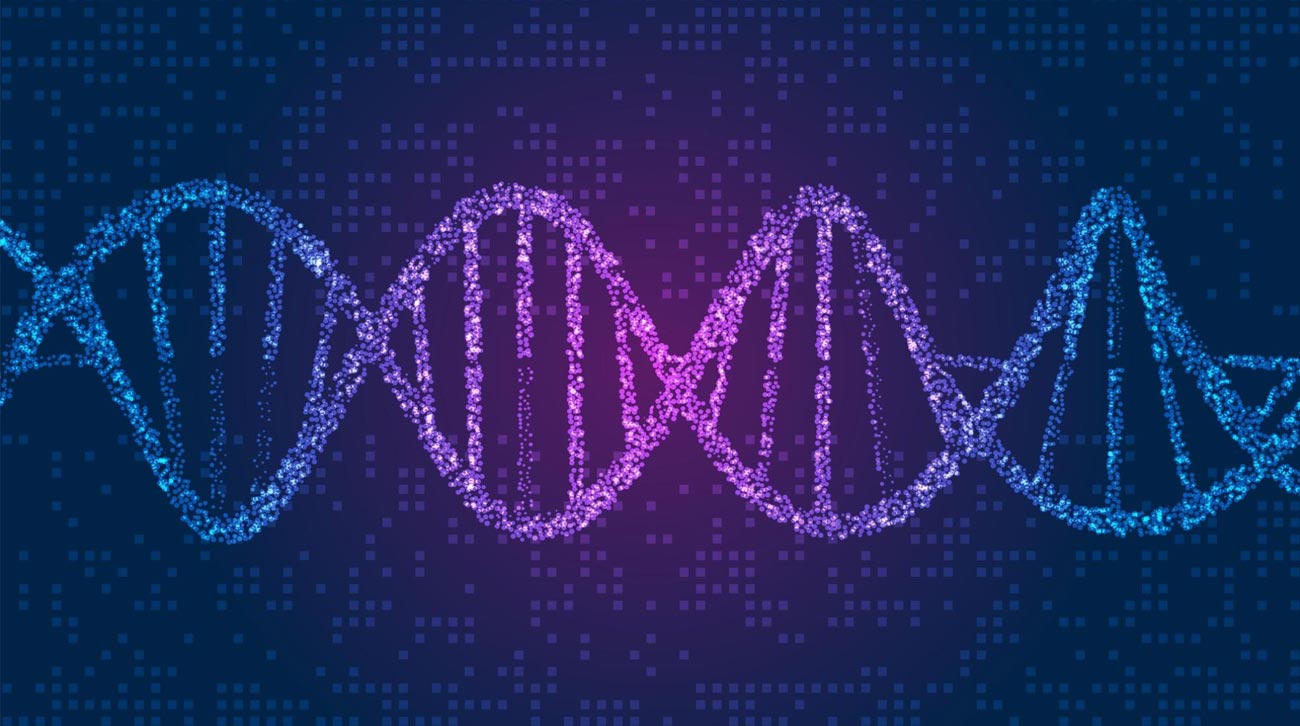MSK is a condition you’re born with. It affects the tiny tubes inside your kidneys that help carry urine out of your body. In MSK, the inner part of the kidney (called the medulla) forms small pouch-like sacs that look a bit like a sponge. These little sacs slow down the flow of urine.
Think of your kidney like a hallway with a smooth floor. Now imagine someone lays down a sponge. The sponge soaks things up and slows everything down. That’s what happens in MSK. Urine collects in the spongey sacs and gives crystals more time to form, which can lead to stones.
How rare is it?
MSK is not very common in the general population—it’s estimated to affect about 0.5 to 1 percent of people. But among people who form kidney stones, it’s a lot more common. Research suggests that up to 12 to 20 percent of recurrent stone formers may have MSK.
So, if you’re someone who’s had more than one stone—or many stones over the years—MSK could be part of the reason.
What problems can MSK cause?
MSK doesn’t usually damage your kidneys, and it’s not an infection or cancer. But it can:
- Increase your risk for kidney stones, especially small ones that form in clusters
- Causes high levels of calcium in your urine (increasing risk for calcium oxalate AND calcium phosphate stones)
- Lead to blood in your urine, frequent infections, or unexplained pain
- Make you feel miserable, even when scans say everything looks normal
So how do I know if I have it?
Here’s the tricky part: MSK is often missed. Years ago, doctors used a test called an IVP (intravenous pyelogram), which was good at seeing the sponge-like shape in the kidneys. But today, CT scans are used more often. And while CT scans are excellent at spotting stones, they’re not very good at detecting MSK issues.
That means many people with MSK are told their scans look normal—even when they’re not feeling normal. Some patients find out they have MSK only by accident, like during surgery or when a specialist happens to recognize it on imaging.
Can MSK be treated?
There’s no cure for MSK, but there are ways to manage it—especially when it comes to preventing stones. That’s why I always recommend a 24-hour urine test. This test reveals exactly what’s happening inside your kidneys and helps create a personalized prevention plan tailored to your body.
Even if you have MSK, lifestyle changes such as increasing fluid intake, getting enough calcium, and reducing sodium and added sugar can still be beneficial. You may not be able to stop every stone, but you can likely reduce how often they show up—and feel better overall. The Kidney Stone Diet® has helped many of my MSK patients, at the very least, minimize stone risk, and many have stopped forming new stones for long periods.
Here’s where I always start with my patients.
The Takeaway:
MSK is uncommon in the general population, but in the world of kidney stones, it’s not so rare. If you’ve been forming stones for years and nothing seems to help, it’s worth bringing up MSK with your doctor. You deserve to feel heard—and you deserve answers.
Your friend,
Nurse Jill














Leave a Reply